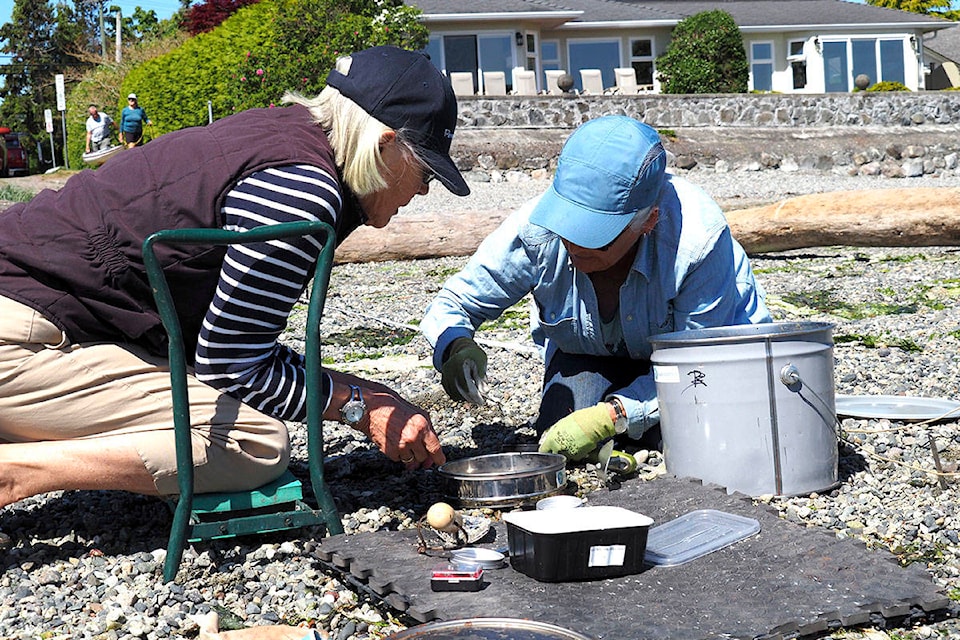Microplastics proliferate the day-to-day activities of most people, from textile fibers in clothing to ingredients in cigarette filters to vehicle tire wear and tear.
Someone drinking their morning cup of coffee could easily be ingesting microplastics that have imperceptibly drifted off their clothing and into their morning brew, said Ashleigh Erwin, marketing and communications director of Victoria start-up Ocean Diagnostics.
But, research into the amount of microplastics in the worldB��Ԫ������ַ�s oceans and the impact they have on the environment is time-consuming, costly and sparse. Ocean Diagnostics is hoping to change that.
B��Ԫ������ַ�WeB��Ԫ������ַ�re trying to tackle the root of the problem, which is not getting enough data to prove the long-term effects of microplastics pollution,B��Ԫ������ַ� Erwin said.
READ ALSO:
This takes two steps: developing more accessible, affordable research technology and getting citizens involved.
Ocean Diagnostics is close to launching three new products it believes could revolutionize microplastics research. The first is a portable depth sampler that can be easily deployed from a small vessel to collect samples from as far as 400 metres down. Current sampling equipment requires large, expensive research vessels or only skims the surface of the water, Erwin explained.
The second is an imaging system that will replace researchers using magnifying glasses and calipers with artificial intelligence that can characterize and quantify visible microplastics. And the third is an online data tool where anyone collecting samples can collaborate and visualize their collective data.
The team is also working on an underwater sensor that could be paired with autonomous underwater vehicles to determine the chemical and physical characteristics of microplastics in real time.
READ ALSO:
| A small team of volunteers works with Victoria-based startup Ocean Diagnostics to collect ocean samples for their work on microplastics. (Courtesy of Ocean Diagnostics) |
In April, Ocean Diagnostics began bringing citizens onboard to help too. Small groups of volunteers go out every month to 10 sampling sites near waste and stormwater outflows from Sidney to Victoria, where microplastics from personal care products and laundry, among other things, are expected.
Volunteer Louisa Dyck said they divide the area into four quadrants and take sand and ocean samples from each.
B��Ԫ������ַ�Then we add water and stir it up like a witches brew before pouring it through strainers,B��Ԫ������ַ� she said. Anything the strainers capture is sent off to be analyzed.
Once the results are in at the end of the summer, Ocean Diagnostics is planning a national awareness campaign.
Updates on the citizen science project can be found through the companyB��Ԫ������ַ�s newsletter at .
READ ALSO:
Do you have a story tip? Email: jane.skrypnek@blackpress.ca.
Follow us on and and like us on




.jpg)